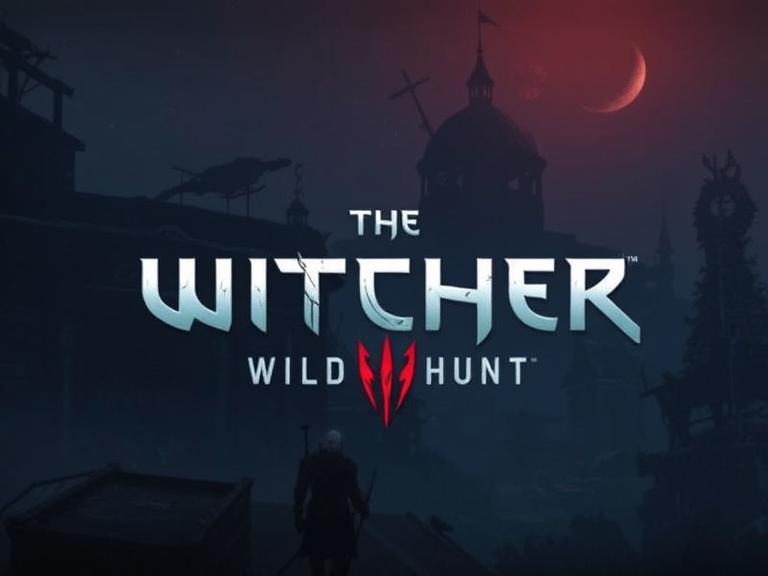Few games have managed to build a world as rich, dark, and emotionally resonant as The Witcher 3: Wild Hunt. Released by CD Projekt Red in 2015, it remains a gold standard for narrative-driven RPGs. What truly sets The Witcher 3 apart is its deep, multi-layered lore, drawn from Andrzej Sapkowski’s novels but expanded and adapted masterfully for an interactive medium.
At its core, The Witcher 3 tells a deeply personal story: Geralt’s search for his surrogate daughter, Ciri, against the backdrop of political turmoil and a looming apocalyptic threat. However, it’s the smaller details — the folklore, the monster bestiary, the intricate web of human conflicts — that give the world its weight and believability.
Each region of the Continent feels alive with its own history, from the war-torn landscapes of Velen to the bustling streets of Novigrad. Even minor side quests often reveal hidden truths about the world: corrupt rulers, tragic romances, and ancient curses. No event feels isolated; every story thread is woven into the larger tapestry of the world.
The lore also paints a bleak, morally complex picture of humanity. Monsters aren’t always the greatest threat — more often, it’s humans themselves, with their greed, hatred, and fear. This moral ambiguity forces players to make tough decisions without clear right or wrong answers.
In short, The Witcher 3‘s lore is not just background flavor — it’s the heartbeat of the game, making every quest feel meaningful and every choice resonate long after the credits roll.
